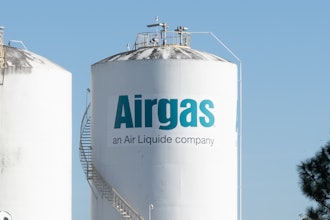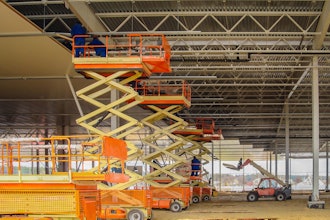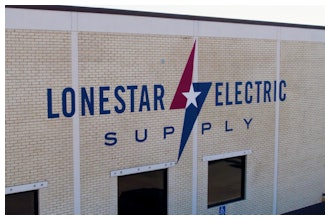As Congress moves towards implementing a mandatory carbon dioxide (CO2) compliance system and a cap and trade market, industrial companies need to evolve to keep up with the changing risks and opportunities. In the past, manufacturers only needed to focus on price and reliability. Now, businesses need to account for CO2 content along with direct energy costs.
Earlier this year the American Clean Energy and Security Act (ACES) passed through the House. Since then, a similar bill has been introduced in the Senate that has a similar structure, without many of the details from the House bill. The Senate bill outlines a rigid near-term target for cutting CO2 emissions but does not include how pollution credits will be distributed to affected businesses. One item the Senate did include was setting a floor and ceiling on the price of pollution permits.
If the Senate passes the bill this year, which they are pushing to do, implementation of a cap-and-trade market would occur by 2013—a year later than the original target date. In the initial years, most carbon credits would be given away for free, but a portion would be auctioned to offset expected higher energy costs of low-income households.
This system would build upon the rules recently establish by the Environmental Protection Agency (EPA) that will require industrial energy users to report greenhouse gas emissions starting in 2010. Emissions that will be required to be reported include CO2, methane and nitrous oxide, which are used by processors.
This new system forces manufacturers to develop a better understanding of how their CO2 profile affects their business and their bottom lines.
How A Carbon Cap-and-Trade Market Works
As part of the proposed cap and trade system, large energy users, including many industrial companies, will have to offset their CO2 emissions by obtaining allowances based on the amount of emissions (per metric ton) the energy user creates. Businesses that emit over 25,000 tons per year of CO2 will be required to obtain carbon allowances for any direct emissions.
Many medium and large scale businesses will likely be included in this category. Under the proposed bill from the House, companies will purchase allowances through quarterly auctions. For the initial years of the program, it is expected that allowances will cost between $10 and $13 per metric ton of CO2 emissions—although under a market system, prices could potentially increase to $28 to $40 within a decade.
The Affect on Energy Costs
Even though not every manufacturer will have to purchase allowances, there are both direct and indirect costs for all energy end users. While smaller companies might not be held directly accountable for allowances, their energy suppliers (utility companies) will be accountable. The cost of allowances imposed on energy suppliers will likely be passed onto customers.
Mitigating The Cost Of A Cap-and-Trade System
The first step for businesses directly affected by the cap-and-trade system should be to reduce emission levels through improvements in energy efficiency. Oftentimes, this also happens to be the fastest and least expensive solution. These “low hanging fruit” projects should be taken care of as soon as possible. Some of these projects include installing high efficiency lighting, boiler retrofits, and compressed air upgrades.
It is also a good idea to check with your local utility to determine the availability of incentives, tax breaks, and loan structures that can help your company become more efficient. Also, state and federal incentives may be available to assist a business to install wind or solar generating devices to produce clean power and further reduce emissions.
Prepare Your Business For The Change
Here are recommendations that can make the transition to a carbon-constrained marketplace easier:
- Determine if your business is likely to be subject to cap-and-trade directly.
- Assess the availability of information within your company required to comply with the reporting rules and/or cap-and-trade system.
- Assess the potential operational impact of CO2 pricing ranging from $12.50-$28 per ton.
- Begin developing an inventory of potential energy conservation/renewable energy projects that could be implemented.
- Consider preparing a company-wide Carbon Compliance Strategic Plan that would assess risks, identify opportunities and establish action items.
As businesses prepare to move into a more aggressive carbon dioxide compliance and reporting marketplace, it is in their best interest to find ways to be in compliance with the new changes at the lowest possible costs in order to remain competitive.






















